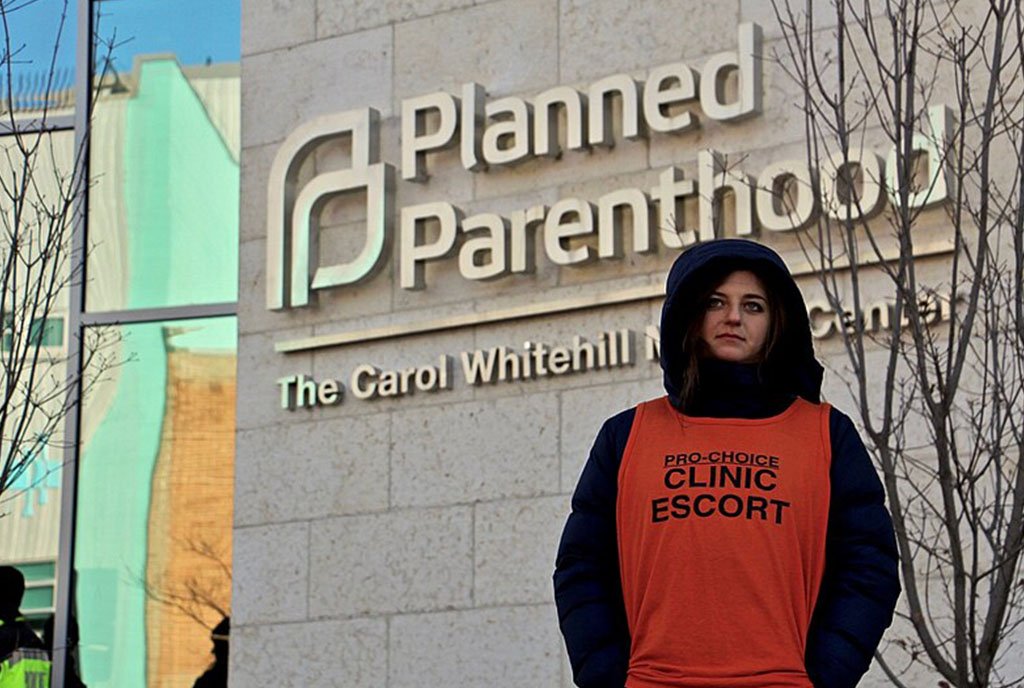
In the latest in a series of weather events related to the world’s growing climate crisis, more than 30 people have died due to the winter storms battering millions across the US. Last Tuesday morning, the Office of Water Prediction at the National Oceanic and Atmospheric Administration (NOAA) declared that over 73 percent of the continental US was covered by snow, the “largest area covered by snow since such records started in 2003.” The current freeze has already broken around 2,000 records for lowest temperatures across the nation.
How does global heating lead to record cold temperatures? The scientific mechanics on this are not fully understood, but essentially, increased warm air from the Arctic is forcing cold air south. Such polar vortexes predate global heating, but they are now more common because of it. As John Schwartz wrote last month in the New York Times, “The [Arctic] region is warming faster than the rest of the planet, and research suggests that the rising temperatures are weakening the jet stream, which encircles the pole and generally holds in that frigid air.” This, in turn, leads to “icy blasts from the Arctic into the middle latitudes, chilling Europe, Asia, and parts of North America.”
Presently, the situation in the state of Texas is most dire, as over 500,000 people started their fourth day without power yesterday morning due to an overstressed and unprepared power grid, and seven million are under a “boil water” order.
The recent polar vortex is only the latest extreme weather event and comes on top of record hurricanes and wildfires last year. How will policymakers respond?
One week after his inauguration, President Joe Biden signed Executive Order 14008, which according to Brook J. Detterman of the National Law Review “creates a variety of new structures at the White House and elsewhere in the Executive Branch, and also sets forth several specific mandates and goals that were promised in the climate action plan Biden laid out as a candidate.” But Senator Bernie Sanders (I-VT) and Representative Alexandria Ocasio-Cortez (D-NY) want Biden to take more aggressive action. Ocasio-Cortez asked the administration to “meet the moment.”
Our country is in crisis, and, to address it, we will have to mobilize our social and economic resources on a massive scale. If we want to want to avoid repeating the mistakes of the past—if we want to ensure that our nation has an equitable economic recovery and prevent yet another life-altering crisis—then we have to start by calling this moment what it is, a national emergency.
Sign up for our free newsletters
Subscribe to NPQ's newsletters to have our top stories delivered directly to your inbox.
By signing up, you agree to our privacy policy and terms of use, and to receive messages from NPQ and our partners.
Amid the snow and ice in Texas, Ocasio-Cortez’s words ring disturbingly true.
Along with Representative Earl Blumenauer (D-OR), Sanders and Ocasio-Cortez introduced the National Climate Emergency Act of 2021 in early February, which calls on the White House to muster all available resources to combat this ever-worsening crisis. The National Climate Emergency Act, following the lead of over 1,000 cities and 38 counties nationwide, would declare a national emergency and authorize a series of actions. Among them:
- upgrade the country’s infrastructure, expand internet access, and provide clean and affordable energy
- renovate and modernize schools, homes, and offices to be energy efficient and cut down on pollution
- invest in public health initiatives
- protect wetlands and forests
- support farmers and other agricultural workers by investing in local, regional food systems
- create high-paying manufacturing jobs in clean energy, while simultaneously and fairly phasing out the use of fossil fuels
The act would also require that “the president deliver a report within one year of the bill’s enactment (and then every year thereafter until the emergency sunsets) that details the specific actions taken by the executive branch to combat the climate emergency and restore the climate for future generations.”
Since we are still in the throes of an economic crisis, the other main preventative measure in the bill would establish new employment programs through investments that “enable a racially and socially just transition to a clean energy economy.” Forty percent of these investments would flow to historically disadvantaged communities. Together, this would keep economic development local and create employment opportunities for people on the frontlines of the climate crisis.
All these actions are predicated on enacting a Green New Deal that invests in existing public institutions and creates new ones to meet the many complex needs of every one of our country’s inhabitants. The National Climate Emergency Act evokes the call of the Constitution of the United States for the government to protect the fundamental rights to life, liberty, property, and equal protection of the laws for all of us.—Beth Couch











